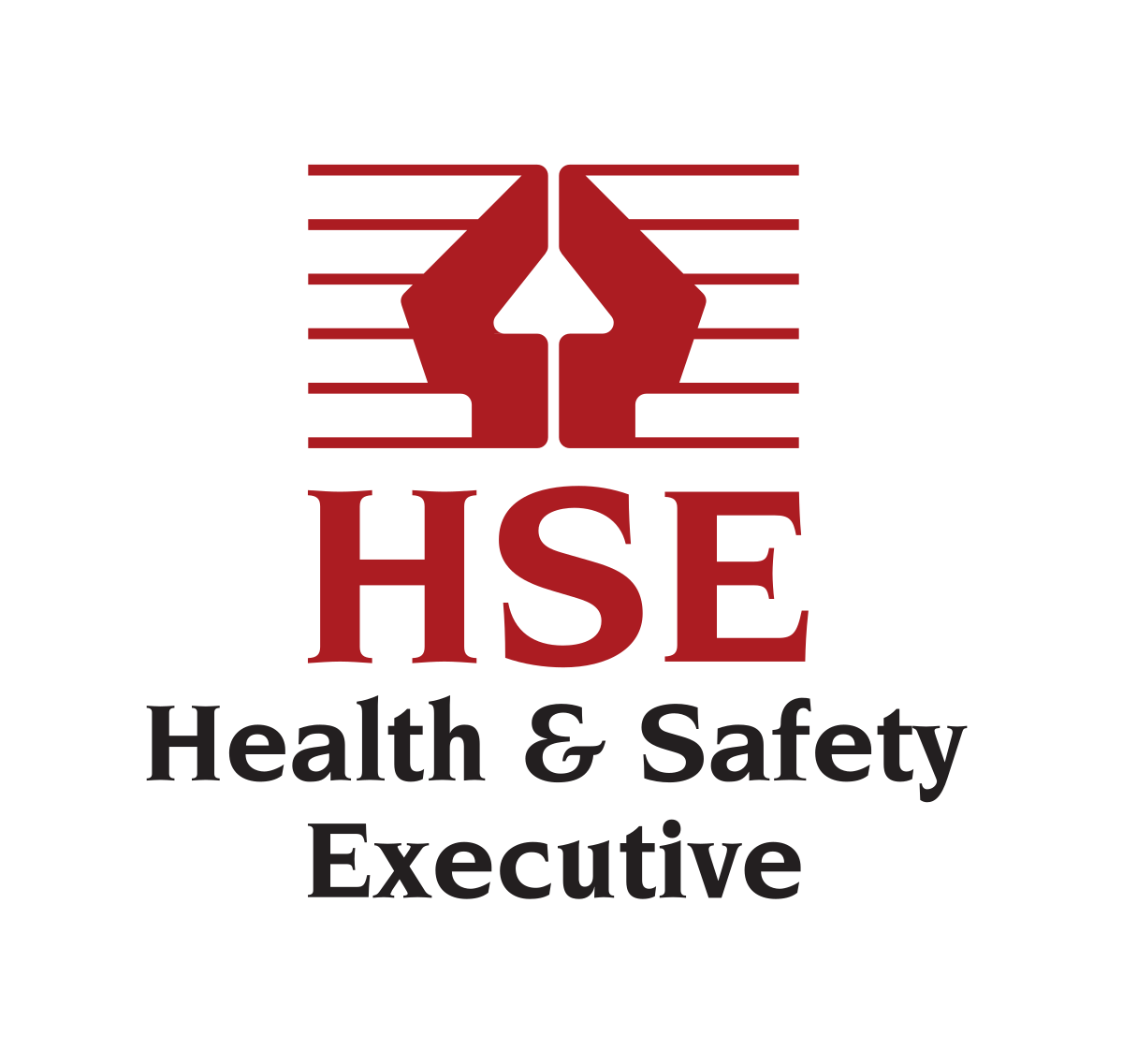The Health and Safety Executive (HSE) has published its REACH Regulatory Management Options Analysis (RMOA) report for poly- and perfluoroalkyl substances (PFAS). The RMOA has adopted a narrower working definition of PFAS, removing the criterion that a single isolated methylene group (-CF2-) is sufficient for classification as a PFAS. The definition is stated as:
“…one fully fluorinated methyl carbon atom (without any hydrogen, chlorine, bromine or iodine atom attached to it), or two or more contiguous perfluorinated methylene groups (-CF2-).” This is a significant difference between the EU’s REACH Restriction definition for PFAS.
This uses the OECD’s definition for PFAS and creates a significantly smaller scope of impact which is limited to hundreds of PFAS, compared to the many thousands of PFAS in scope of the EU Restriction.
The rationale for this working definition is that compounds with a single isolated -CF2- group are “generally understood not to degrade to any of the highly persistent substances that have given rise to the environmental and/or human health concerns about PFAS”.
Another point of potential difference between the UK and EU activities, is the recognition given in the HSE’s RMOA (REACH Regulatory Management Options Analysis) report to the risks of alternatives which is a lot more prominent than any publication seen to date from the EU. The report states that for some alternatives, there may be “inadequate hazard information, or the hazard profile of the potential alternative could mean other risks are introduced into processes and uses”. The report notes that there are alternatives to PFAS in many applications, citing simpler consumer uses as potentially able to transition to PFAS-free alternatives. However, it recognises that certain applications such as complex industrial applications may be more challenging.
There is recognition that, in instances such as these, additional detailed performance and socioeconomic information is required. This could indicate that future stakeholder engagement will be planned, with the potential for stakeholders to use information submitted during the EU PFAS consultation to provide this to the HSE. Assorted GB legal instruments could introduce PFAS requirements – and are considered as potential ways forward. Alternatively, voluntary action programmes could be advanced. Nevertheless, the conclusion that some or all of the following are needed is reached:
- Preparation of Annex XV dossiers to potentially support one or more restrictions of PFAS under UK REACH, including:
- The use and disposal of firefighting foams where non-PFAS alternatives are available
- Other wide dispersive uses such as the application of coatings or use of cleaning agents
- The manufacture and placing on the market of consumer articles from which PFAS are likely to be released into air, water or soil, or directly transferred to humans.
This includes textiles, upholstery, leather, apparel, rugs and carpets, paints, varnishes, waxes and polishes, and cleaning products. Consideration may be given to additional consumer goods if other gaps are identified when in consultation with policymakers responsible for other legislative regimes such as food contact materials. The focus is on consumer articles rather than all articles though.
There is also recognition that exemptions could be considered for PFAS (as individual substances or groups) for which comprehensive reliable evidence of low hazard or safe use can be provided, or on socioeconomic grounds and subject to the availability of alternatives. Derogations would also be considered for low hazard groups or low risk uses, which include fluoroplastics, fluoroelastomers, intermediates and uses in sealed/ contained systems (e.g., heat exchange fluids in heat pumps).
- UK REACH authorisation of PFAS used in processing aids in the manufacture and processing of fluorinated polymers. This would be achieved by these PFAS being added to the List of Substances of Very High Concern (SVHC) in the UK and followed up with listing on Annex 14 of UK REACH.
- Further evaluation and investigation of substances that have been highlighted to be of concern, including substances such as trifluroacetic acid, EEA-NH4 and perfluoroalkanes and perfluorocycloalkanes.
- Continued collaborative work across government and with external stakeholders to bring together work on PFAS strategically, including:
- A review of the Fluorinated Greenhouse Gases Regulations to determine whether additional PFAS registered under UK REACH should be brought within scope
- Development of statutory standards for PFAS in drinking water in England and Wales.
UK PFAS legislation, links to the UK options/proposal. Analysis of the most appropriate regulatory management options (hse.gov.uk) If you have any question please contact Ian Jennings at [email protected]

